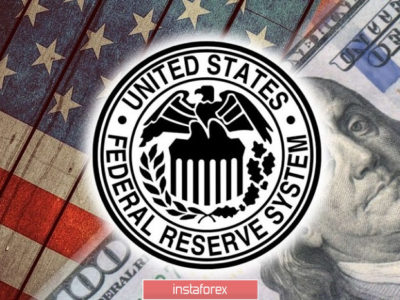Trading on the News

Last December, the US Federal Reserve raised its key interest rate by 25 basis points, marking the first rate increase in nine years and a reversal of a six year policy of holding rates down as an economic stimulus measure. The results of the hike were immediate, and unexpected. Asia’s markets crashed, the dollar tanked, and gold began a surge that led to its best quarter in thirty years.
Not all of this was directly traceable to the Fed’s rate hike and policy change, but the coincidence of timing was unmistakable, and the various market movements quickly began to reinforce each other. It was an object lesson for traders to pay attention to the news.
So that’s the background, and it will do well to remember it as we look at some of the events and data releases scheduled for this week, and consider them in relation to market movements from the last few days.
To start with, gold is up. The metal rallied strongly when stocks fell, as it is a safe haven when markets are volatile. The dollar is down, under pressure from the strength in stocks and the uncertainty about overall economic conditions. Oil prices are also down, held low by concerns about global oversupply as well as indications from major producers (Iran, Russia, Saudi Arabia) that production won’t be cut any time soon. This is the canvas that will support our look at coming events.
There are a lot of important releases in the pipeline. From the US, we’ll see factory order data on Monday, trade balance data on Tuesday, initial and continuing jobless claims on Thursday, and the FOMC minutes also on Thursday. Throughout the week, a lineup of Federal Reserve officials will be delivering speeches and comments, culminating in a panel discussion on April 7 with current Fed chair Janet Yellen and her predecessors Ben Bernanke, Alan Greenspan, and Paul Volcker.
Two important releases from outside the States are the Eurozone unemployment numbers on Monday and the Reserve Bank of Australia’s monetary policy meeting, also on Monday.
All of this data will affect markets, but the big ones to watch are from the Federal Reserve. With the US dollar serving as the global reserve currency, the stance of the Federal Reserve, the US’ central bank that has statutorily mandated responsibility for maintaining the stability of the US currency, is an urgent issue for traders. This brings us back to last week’s recent fluctuations in the US dollar.
The US dollar has been weakened in recent months by gloomy economic reports, despite the Fed’s higher rate policy bringing up the possibility of higher returns in dollar assets. Global economic conditions may not be able to sustain higher rates, however, and so in March the Fed took a more dovish stance, indicating that the rate hike policy would be slower than previously announced. The dollar slipped as a result, and slipped again this past week when Yellen reiterated the Fed’s caution.
This is what investors should consider when following the news reports this week. There’s no guarantee that markets will move as wildly as they did in January, but a savvy trader is going to be ready.
Follow Us:














